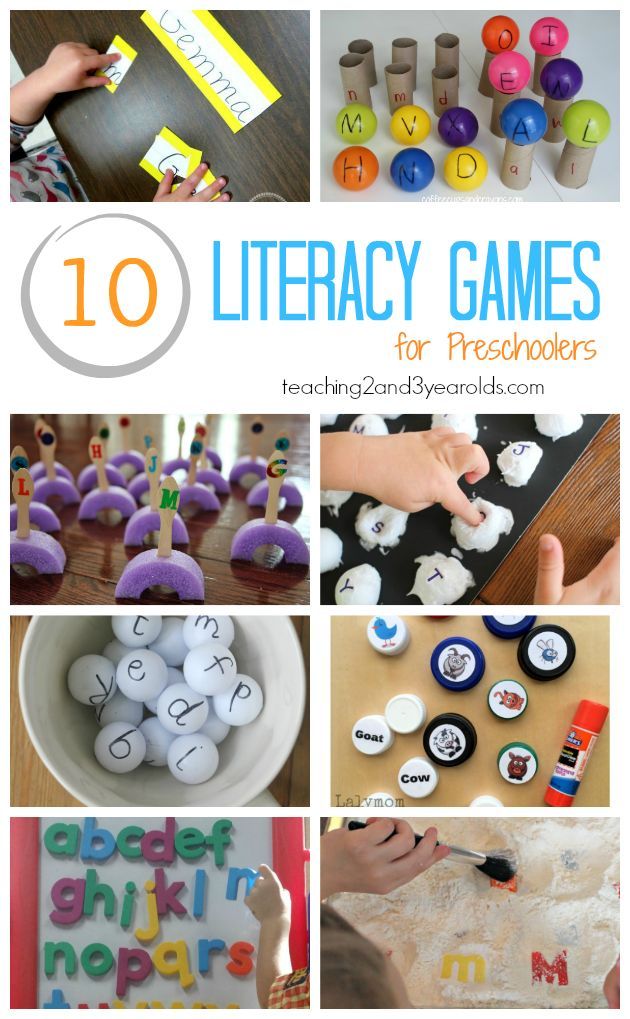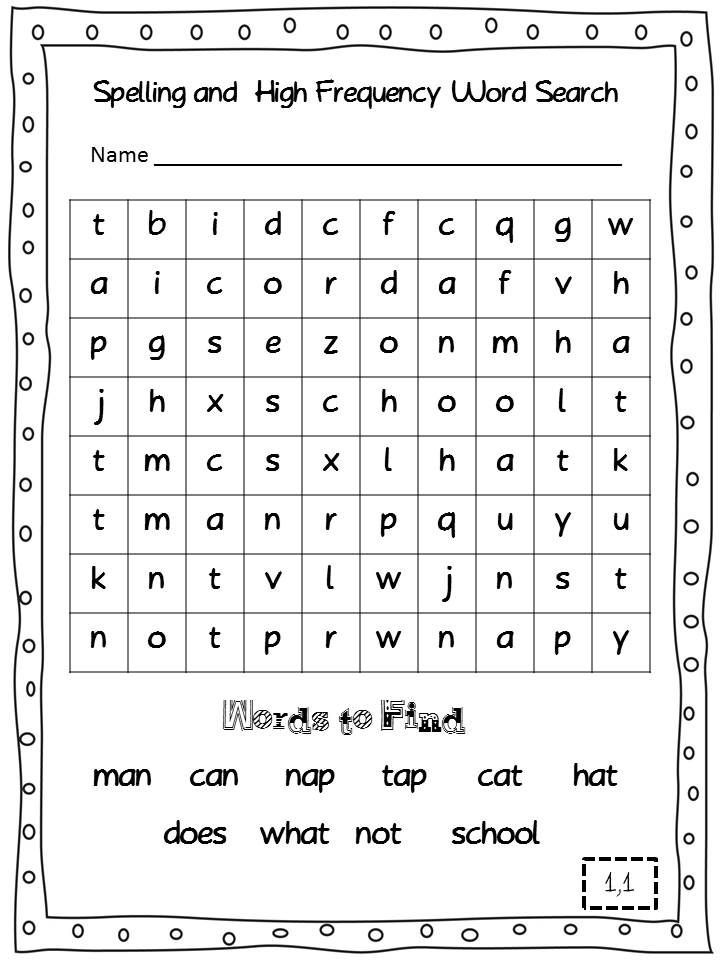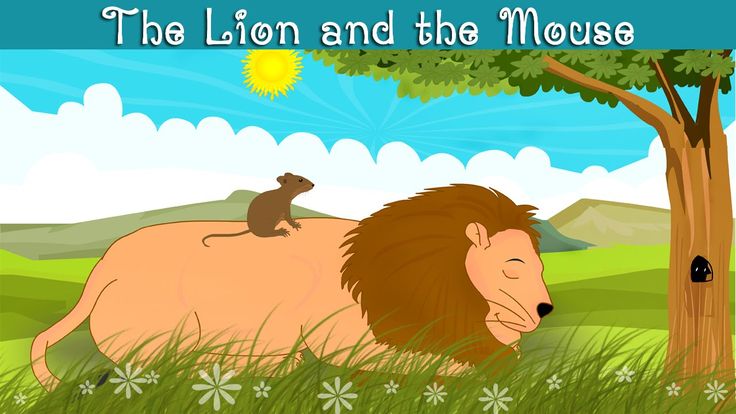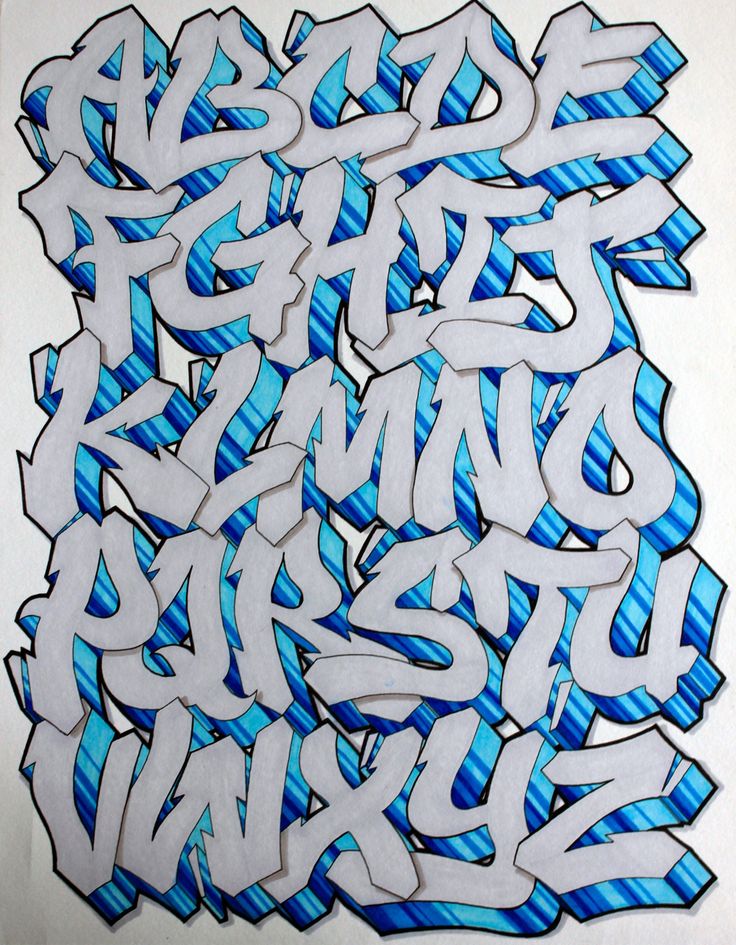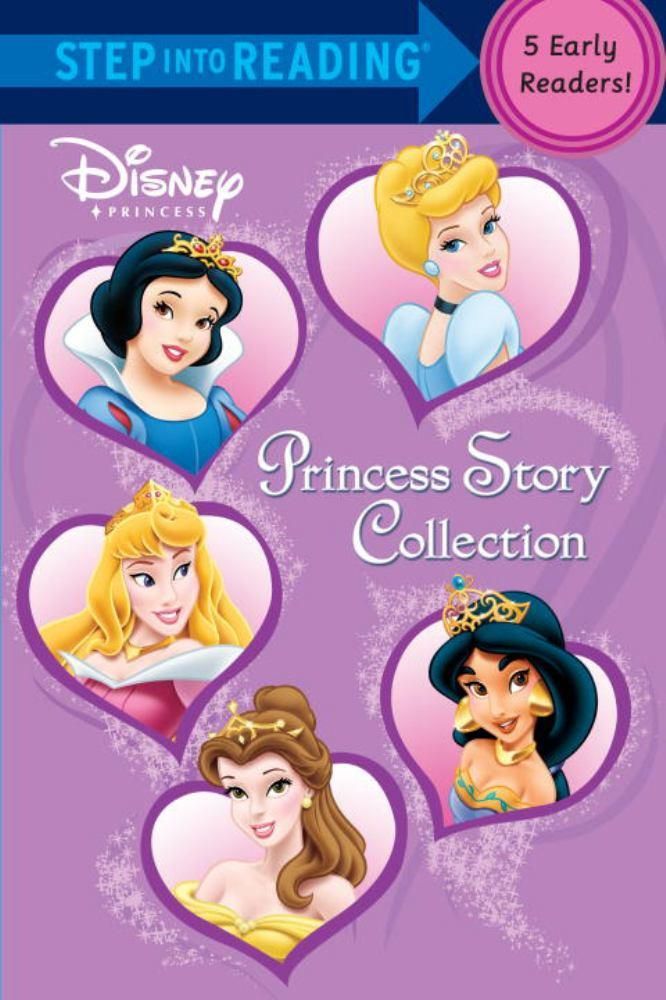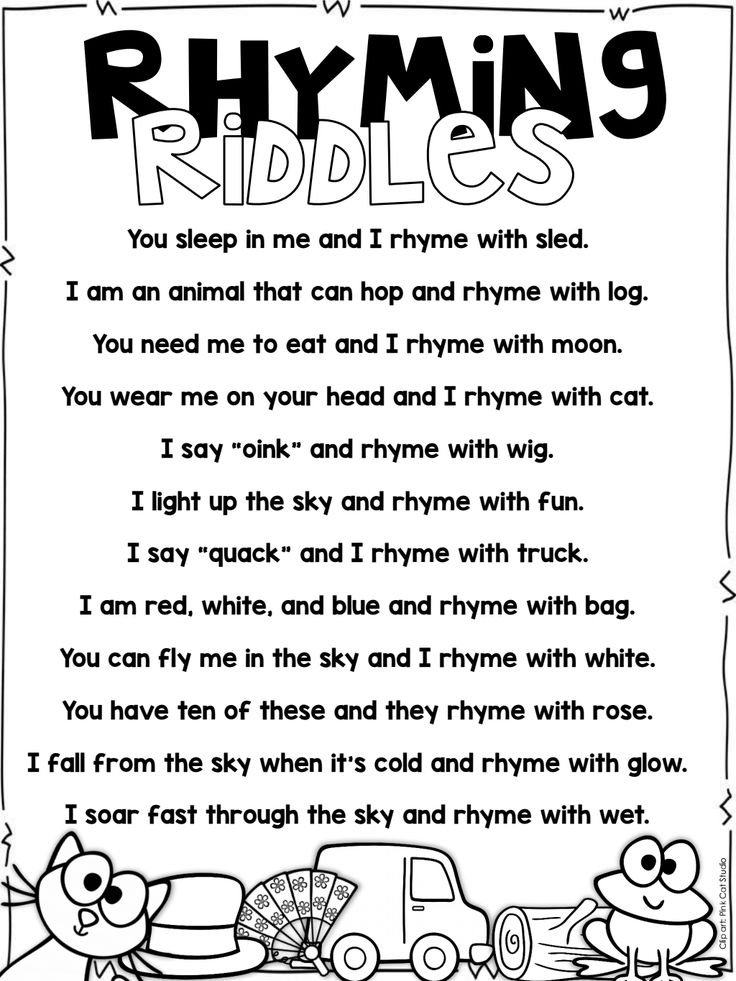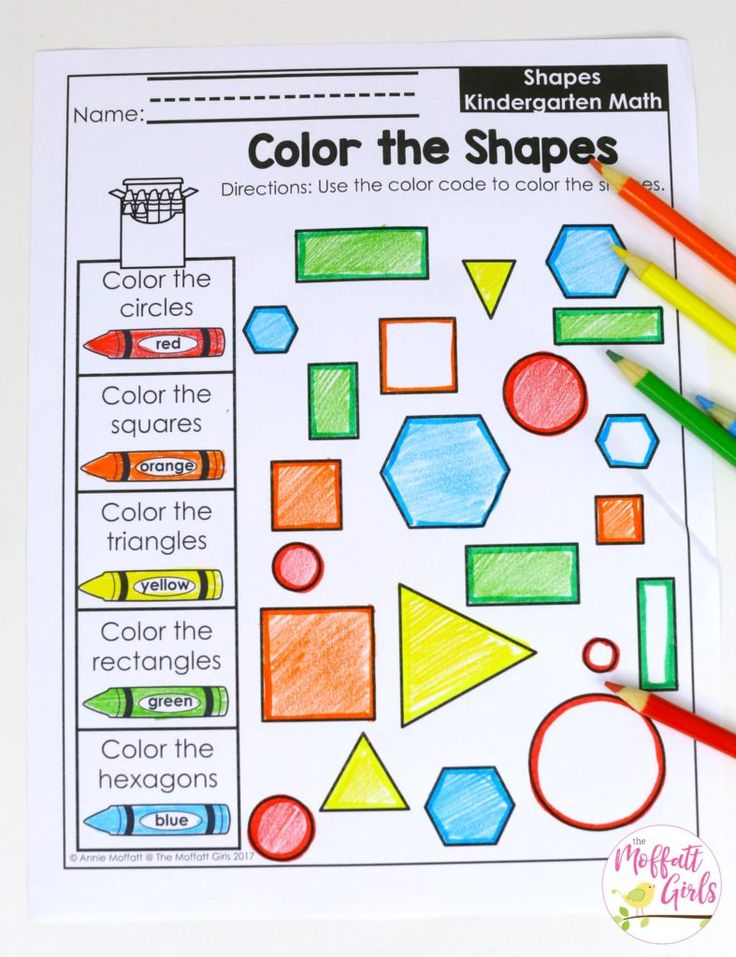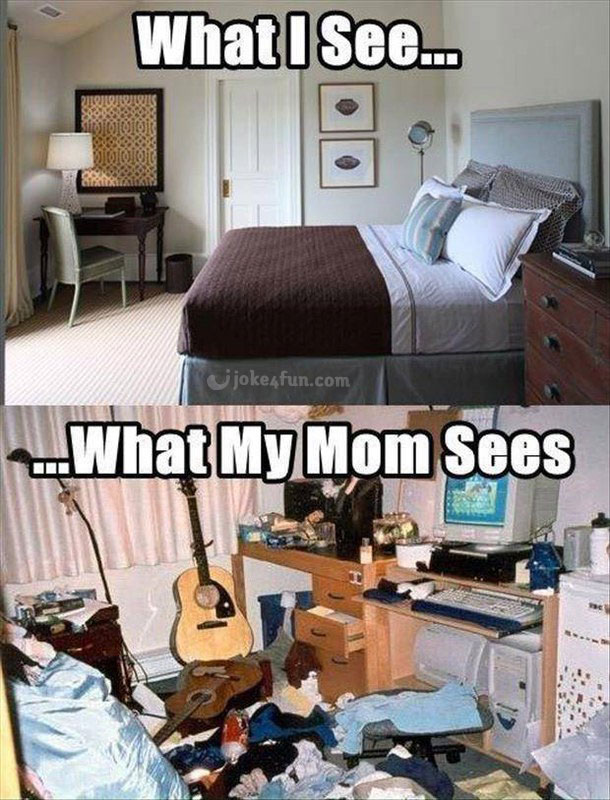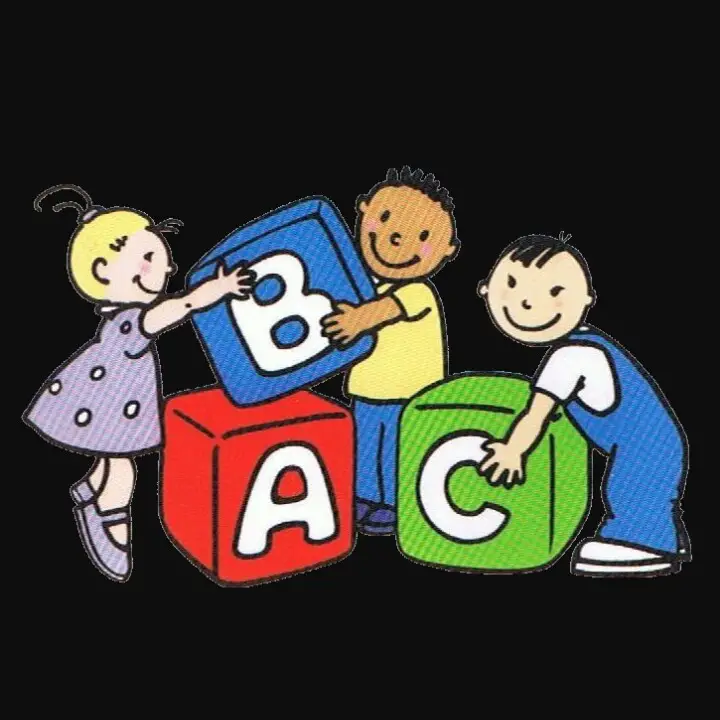How to teach 5 year olds
How to Homeschool a 5 Year Old
View Our Lesson Demos!
Homeschooling a 5 year old is an adventure. A whole new world of learning is waiting for your rambunctious and curious child. Your challenge is finding the right homeschooling strategies and resources to open up that world.
The following information will help you do that, by providing you with guidance on homeschool activities for 5 year olds, curriculum options, scheduling ideas and how Time4Learning sparks a child’s imagination. Topics include:
- What Should a 5 Year Old Be Learning?
- How To Start Homeschooling a 5 Year Old
- What Should a Curriculum for a 5 Year Old Look Like?
- How Time4Learning Helps You Homeschool Your 5 Year Old
- Tips for Homeschooling a 5 Year Old
What Should a 5 Year Old Be Learning?
Five year old students are traditionally in kindergarten. At that grade level they should be learning basic concepts in reading, writing and math, and also be improving their motor skills by using hands-on activities. Additional learning goals should include:
- Writing their first and last name
- Knowing the letters of the alphabet
- Improving and practicing phonetic skills
- Recognizing and writing numbers up to 20
- Identifying time to the nearest hour using digital and analog clocks
- Ordering events in a sequence
- Doing simple addition and subtraction problems
- Reciting the days of the week and months of the year
- Using qualitative and quantitative observation
- Understanding the characteristics that animals share
How to Start Homeschooling a 5 Year Old
Homeschooling a five year old can be a bit like driving a bumper car — one moment things are going smooth and the next moment, boom! Minimize the “booms” by preparing yourself for the upcoming year using the following steps:
- Step 1: Check your state laws for compulsory attendance. Ages vary when attendance is mandatory, but it’s always safer to investigate the required days per year that you must homeschool your child.
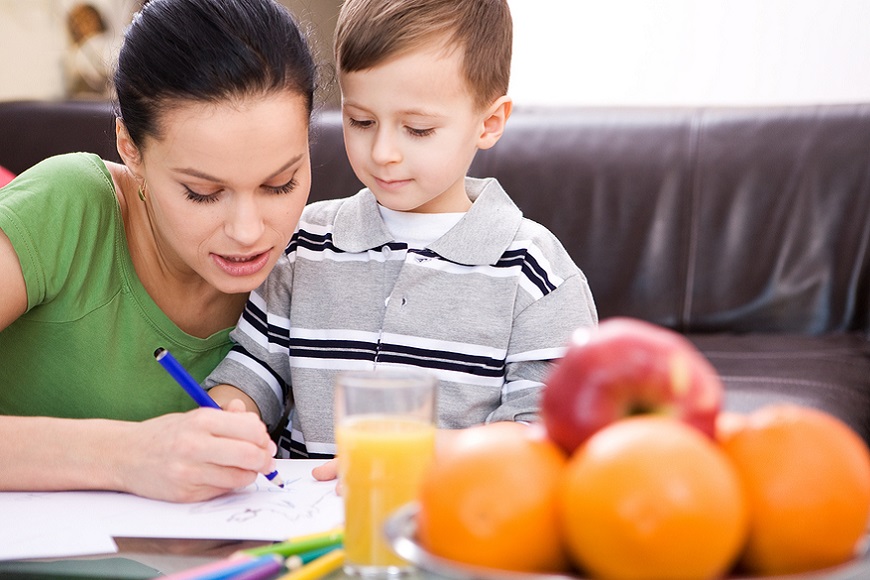
- Step 2: Choose a homeschooling curriculum or curricula that fits your child’s learning styles.
- Step 3: Decide on a schedule. You may have to modify your schedule occasionally, which is natural.
- Step 4: Join a local homeschooling group that shares your homeschooling vision.
- Step 5: Set your homeschooling goals (don’t set concrete goals, as they tend to change as the year progresses).
- Step 6: Don’t forget to have fun and include activities such as field trips.
Homeschooling Planner
Start planning out your homeschooling days with this free easy to use daily planner.
Get Started With This Daily Planner
What Should a Curriculum for a 5 Year Old Look Like?
Most experienced homeschoolers discover that there is no one perfect curriculum. They use a few different resources, depending on their children’s learning styles and their family dynamic.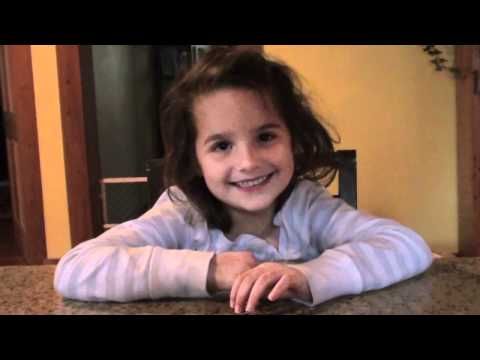 But there are some basic guidelines you should follow when figuring out what to teach a 5 year old at home. A homeschool curriculum for a 5 year old should offer:
But there are some basic guidelines you should follow when figuring out what to teach a 5 year old at home. A homeschool curriculum for a 5 year old should offer:
- Access to subjects such as language arts, math and science
- Worksheets and other resources that will diversify your child’s learning experience
- Game-based instruction that makes learning more difficult concepts easier
- Interactive lessons that challenge and entertain your child
- Resources for parents that offer assistance with grading and portfolio creation
- Comprehensive lesson planners
- Subjects that correlate to your state’s standards
How Time4Learning Helps You Homeschool Your 5 Year Old
Homeschooling a five year old is challenging. So, it helps when you have a curriculum product that makes your life easier by providing interactive lessons that engage your child, parent resources, 24/7 access and an inexpensive monthly fee among other things. The 5 year old curriculum benefits that Time4Learning offers include:
The 5 year old curriculum benefits that Time4Learning offers include:
- Activity planners and curriculum calculators that will help you stay organized and make plans for the year.
- A self-paced approach that allows your children to learn important math, language arts and science concepts at a speed that suits their needs.
- A multimedia-based curriculum that is great for all types of learning styles as well as students with special needs.
- Interactive lessons that incorporate fun cartoon characters that make learning difficult concepts easier for children.
- A focus on fundamental concepts in all the core subjects to help students meet learning objectives.
- An automated grading and recordkeeping system that makes it simple for you to keep track of your student’s progress and create homeschool portfolios.
Is Time4Learning the only online curriculum you can use when you homeschool your 5 year old? No. You can compare Time4Learning to other popular online curricula, to see which curriculum may be the ideal fit for your child.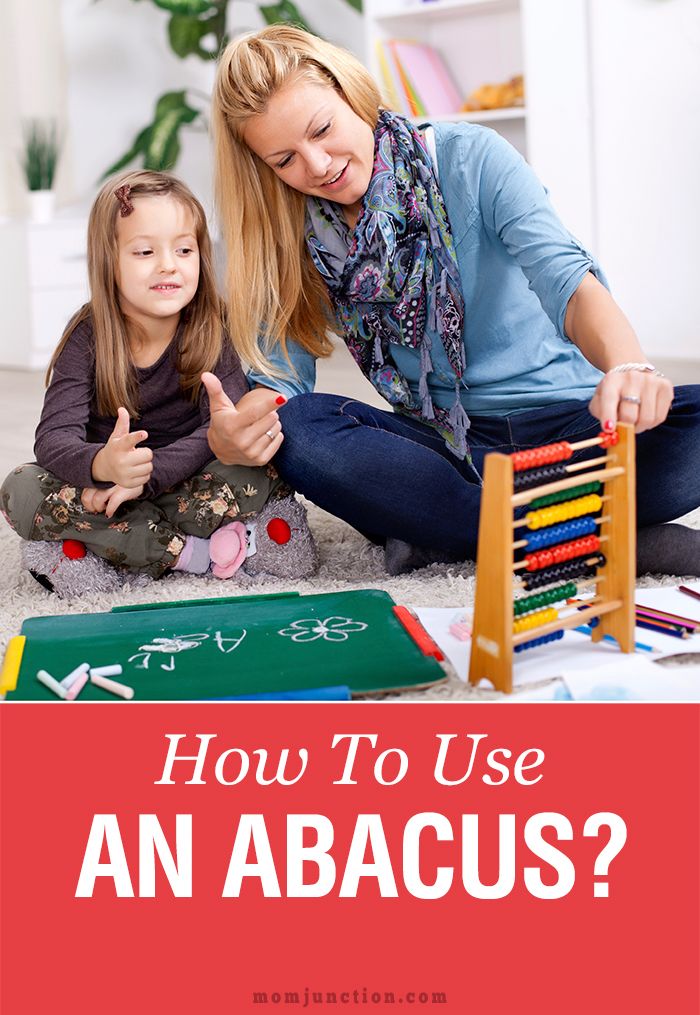 Remember that you can always choose to blend the best parts of more than one curriculum (called an eclectic approach) to truly fit the needs of your 5 year old.
Remember that you can always choose to blend the best parts of more than one curriculum (called an eclectic approach) to truly fit the needs of your 5 year old.
Tips for Homeschooling a 5 Year Old
It doesn’t matter if you are a new or experienced homeschooler, every parent can use a helping hand. That’s why we included these additional tips. They will help you maximize your child’s homeschool experience and overcome the challenges that you might face on a daily basis. Use these tips during your homeschool year.
- Kids at this age love having fun, so create a homeschool schedule for a 5 year old that includes exciting outdoor activities, such as trips to the library and the local park.
- Use hands-on activities such as blocks, dice and board games for learning math.
- Provide plenty of breaks during the day to avoid burnout.
- Read out loud, sing songs and recite rhyming stories to build up your child’s vocabulary and communication skills.
- It’s important that 5 year olds interact with kids their own age.
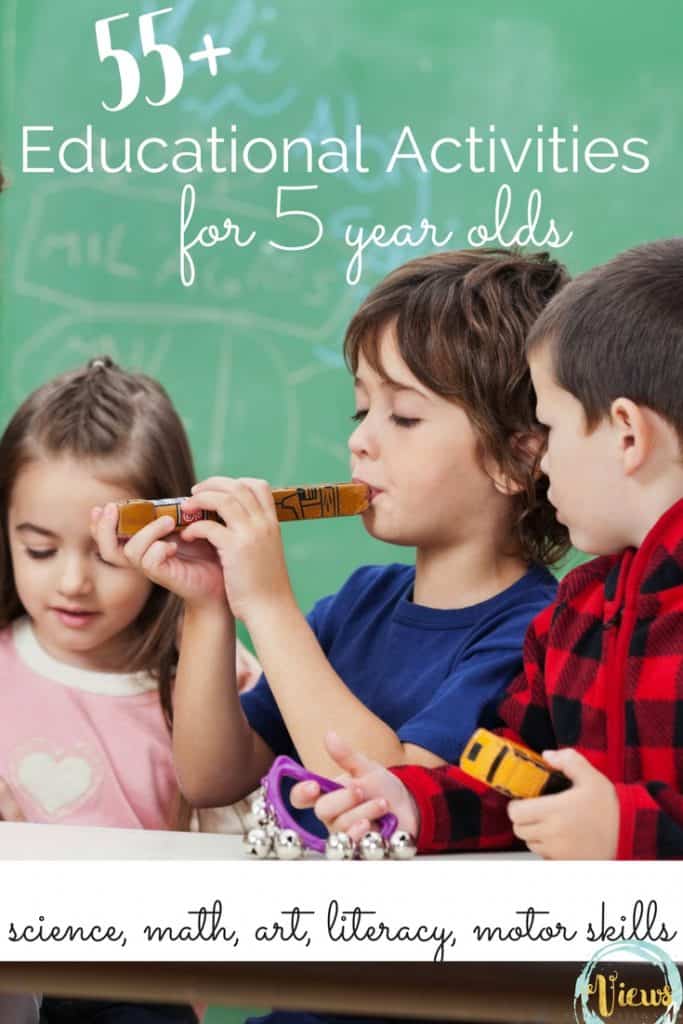 So, arrange social activities with other homeschoolers.
So, arrange social activities with other homeschoolers. - Include computer games, apps and resources that will help your children become adept at using technology. Tech skills become even more important as they grow older.
- Don’t get caught up in how other homeschoolers or traditional schools are teaching their kids. What works for your kids and your family is the perfect way.
5 Hands-On Ways to Learn With Your 5-Year-Old
“Kindergarten is about connecting concepts and putting it all together,” says 2015 Early Childhood Educator Award Winner Kimberly Bouchie, who teaches 5 -year-olds at Stoneham KinderCare in Stoneham, Massachusetts.
In kindergarten, letters start to become words, and numbers start to add up to something bigger. These important lessons prepare children for success in elementary school—but that doesn’t mean sitting at desks and filling out worksheets. What does Bouchie love most about teaching kindergarten? In her classroom, “everything is hands-on.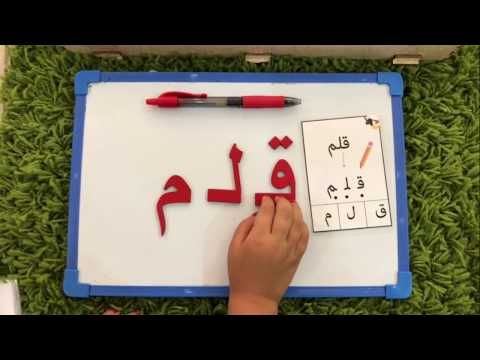 ”
”
Take a tip from one of our incredibly talented educators: Skip the flashcards and build a love for learning with these five hands-on ideas for your kindergartner:
Mixed-Up ABCs: Upcycled Yogurt Lids
Bouchie’s class collected yogurt covers and turned them into alphabet tiles, using construction paper, markers, and glue, to fix a lowercase letter on one side, and the uppercase letter on the other. Children use their tiles to explore sounds and letters, and practice putting words together.
Build Imaginations: The Great Cardboard Box
We’ll let you in on a little trade secret: Many a terrific teacher understands the power of a cardboard box, and Bouchie is one of the greats. During a recent lesson about home and family, she turned a large box into a house. Every child brought in a family photo to tape to the wall and the kids drew and then decorated frames around each photo. The instant 3-D learning space invites all kinds of imaginative exploration, from playing house to learning about other families in their community.
Finger Play: Pasta Strainer and Pipe Cleaners
Kids love weaving pipe cleaners through the holes of a colander or sieve. When the project’s done, they’ve got a wiry wig, a flamboyant helmet, or a fuzzy bowl! But this play is more than just good fun, it also helps children practice fine motor skills. “They need to be constantly reinforced for kindergarteners,” says Bouchie. Having strong fine motor skills, makes it easier for children to learn and practice their handwriting.
Match Maker: Muffin Tin Sorting
Bouchie uses tweezer and colored cotton balls to make a sorting game in a muffin tin. Sorting the cotton balls by color teaches children matching and patterns—both of which are important math skills. (The tweezers provide more fine-motor practice!)
Graph Math: The Pet Project
Along the bottom of a piece of paper, Bouchie glues pictures of pets—dog, cat, parakeet, fish—with the animal’s name written underneath. She asks each child to vote on their favorite animal and marks each vote with a spot on the vertical axis of the graph, and the child’s name beside it.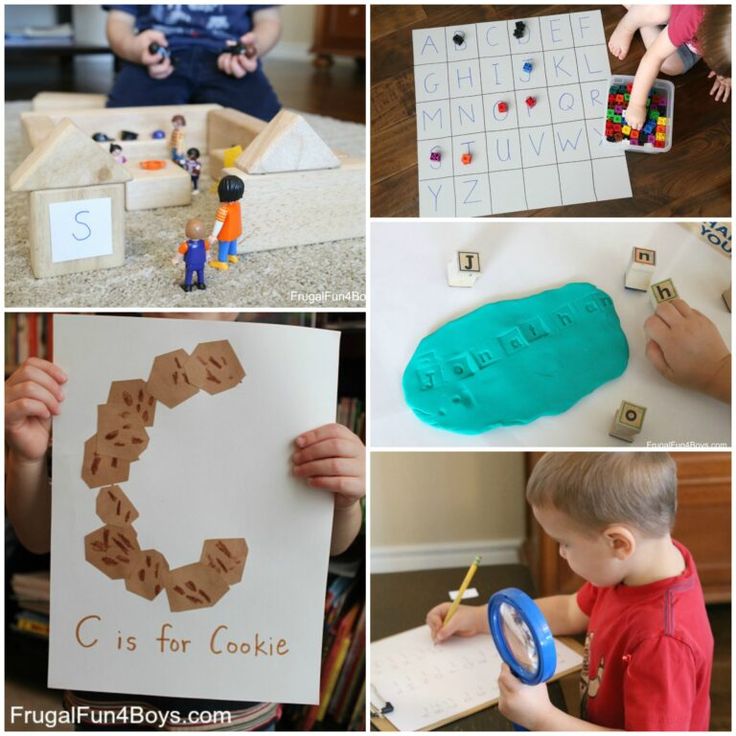 (If you don’t have a gaggle of children to poll on animal preferences, try sorting through your child’s favorite books and counting up the different animals you find there.) With the graphing, children can explore the mathematical concepts of more and less. These five year olds are also learning to take data and translate it into a new format. “They’re learning some pretty advanced skills in Kindergarten these days,” says Bouchie.
(If you don’t have a gaggle of children to poll on animal preferences, try sorting through your child’s favorite books and counting up the different animals you find there.) With the graphing, children can explore the mathematical concepts of more and less. These five year olds are also learning to take data and translate it into a new format. “They’re learning some pretty advanced skills in Kindergarten these days,” says Bouchie.
From KinderCare Educators Arts And Crafts Classroom Curriculum Brain Development STEM Kindergarten Readiness Language Imaginative Play Independence Pre-K Kindergarten From Our Educators Preschool (3-5) Learning In Our Classrooms
methods of teaching reading to the first grade
When to teach a child to read
There are early development studios where children are taught to read from the first years of life.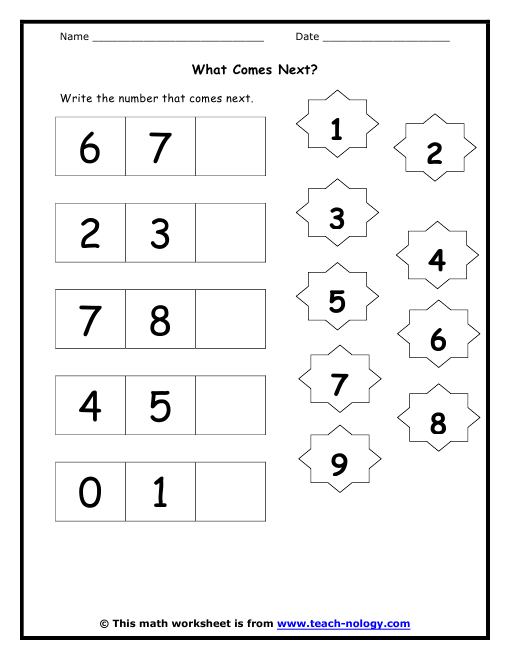 However, pediatricians do not recommend rushing and advise starting learning to read no earlier than 4 years old, best of all - at 5–6. By this age, most children already distinguish sounds well, can correctly compose sentences and pronounce words. Therefore, most often parents think about how to teach their child to read, already on the eve of school.
However, pediatricians do not recommend rushing and advise starting learning to read no earlier than 4 years old, best of all - at 5–6. By this age, most children already distinguish sounds well, can correctly compose sentences and pronounce words. Therefore, most often parents think about how to teach their child to read, already on the eve of school.
How to know if your child is ready to learn to read
Before you start teaching your child to read, you need to make sure that the child is ready and wants to learn. To do this, try to answer the following questions:
- Does the child know the concepts of “right-left”, “big-small”, “inside-outside”?
- Can he generalize objects according to these characteristics?
- Can he distinguish between similar and dissimilar forms?
- Is he able to remember and execute at least three instructions?
- Does he form phrases correctly?
- Does he pronounce words clearly?
- Can he retell a story he heard or experienced?
- Can he formulate his feelings and impressions?
- Can you predict the ending of a simple story?
- Does he manage to participate in the dialogue?
- Can he listen without interrupting?
- Can he rhyme words?
- Do the letters attract his attention?
- Does the child have a desire to independently look at the book?
- Does he like being read aloud to him?
If you answered “yes” to these questions, your child is ready and will soon learn to read correctly.
Methods for teaching reading
Most of the methods involve learning while playing, so that the child is not bored and learns knowledge better.
<
Zaitsev's Cubes
For more than twenty years, these cubes have been introducing children to letters and teaching how to form words and syllables. They allow you to understand how vowels and consonants, deaf and voiced sounds differ. There are 52 cubes in total, each of which depicts warehouses (combinations of a consonant and a vowel). The cubes vary in color and size, the large ones depict hard warehouses, while the small ones are soft. During classes, parents are encouraged to pronounce or sing warehouses so that the child remembers them better.
K Zaitsev's ubikiSource: moya-lyalyas.ru
Vyacheslav Voskobovich's "towers" and "folds"
windows. You can put cubes in them to make syllables. And from several towers you can make a word.
Voskobovich's "towers"Source: catalog-chess.
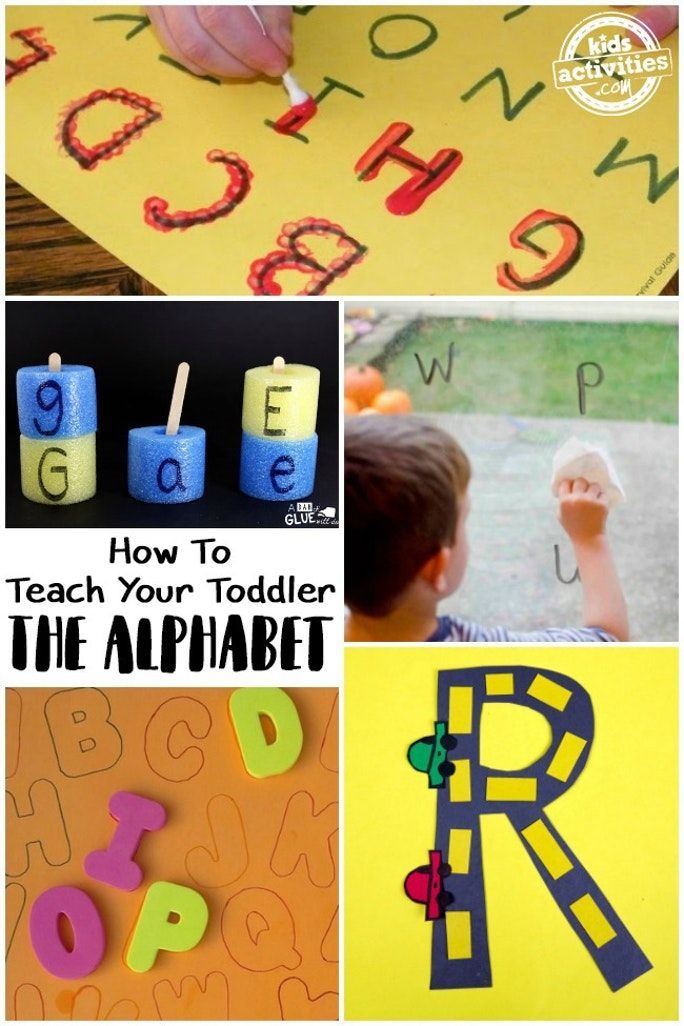 ru
ru Skladushki is a book with pictures, educational rhymes and songs. Parents sing them and in parallel show the warehouses in the pictures. The author of the methodology claims that a child of six years old can be taught to read in a month using "folds".
A page from V. Voskobovich's "folds"
Doman's cards
This method of teaching a child to read is based on memorizing whole words, from simple to more complex. First, the child masters the first 15 cards, which the parent shows him for 1-2 seconds and pronounces the words on them. Then the child tries to memorize phrases. This technique helps not only to learn more words, but also develops memory well in general.
Doman cardsSource: friendly-life.ru/kartochki-domana-dlya-samyh-malenkih
Maria Montessori's method of teaching reading
The essence of the Montessori method is that the child is first asked to feel the writing of a letter, and then pronounce it. For this, didactic materials are used - cardboard plates with pasted letters, the outline of which the child traces with his finger, naming the sound. After studying consonants and vowels, you can move on to words and phrases. The Montessori method not only helps to learn to read, but also develops fine motor skills, logic, and the ability to analyze.
For this, didactic materials are used - cardboard plates with pasted letters, the outline of which the child traces with his finger, naming the sound. After studying consonants and vowels, you can move on to words and phrases. The Montessori method not only helps to learn to read, but also develops fine motor skills, logic, and the ability to analyze.
Source: hendmeid.guru
Olga Soboleva's technique
The author of this technique believes that you need to start learning not from the abstract alphabet, but immediately in practice - by analyzing simple texts. The Soboleva program allows you to teach a child to read from the age of five - at this age, children are already able to keep their attention on a line of text. Different approaches are offered depending on how it is easier for a child to perceive the world - by eye, by ear or by touch. In addition to reading skills, the technique develops interest in creativity, imagination, attention and memory.
How to teach a child to read by syllables
Teaching a child to read by syllables should be done in stages. First, explain to him that sounds are vowels and consonants, deaf and voiced. Say them with the child - he must understand how they differ. Letters and sounds can be learned while walking: draw your child's attention to the letters on signs and announcements, and soon he will learn to recognize them.
When the child has mastered the letters and sounds, start teaching him to read simple words - "mom", "dad". Then move on to more complex ones - “grandmother”, “dog”, “apartment”. Show your child that syllables can be sung.
Syllabary for learning to read
Next, move on to word formation. You can cut cards with syllables and invite the child to make words out of them. When he gets comfortable, move on to reading short texts. It is better to start with two or three phrases, and a little later switch to texts of five to ten sentences.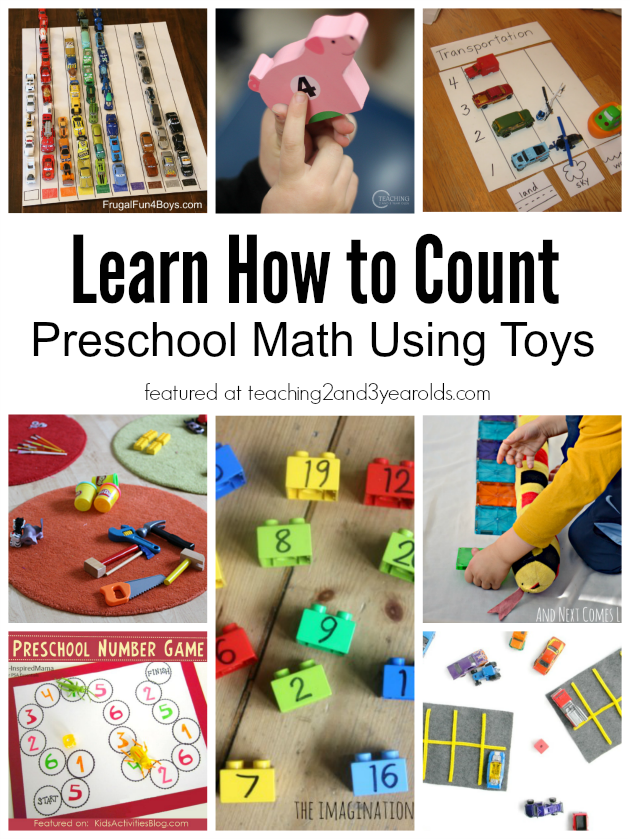
To enroll in Foxford Online Elementary School, a child must have at least basic reading, numeracy and writing skills. To check the readiness of the child for school, we offer to pass a small test that does not require special preparation.
Source: freepik.com
Exercises for learning to read
There are many exercises on the Internet that help children learn to read, you can print them out and start learning right away. Start with exercises that teach you to recognize letters and tell correct spellings from incorrect spellings.
From O. Zhukova's manual “Learning to read. Simple Exercises.Source: mishka-knizhka.ru
When the child gets used to the letters, move on to the exercises for syllables. For example, like this:
Geometric hint exercise. For greater clarity, blocks with words can be cut out.
Such exercises not only teach reading, but also develop logical thinking well:
Gradually move on to exercises where you need not only to read correctly, but also write words:
One of the most difficult and entertaining exercises is fillords: you need to find and cross out the words on the field of letters.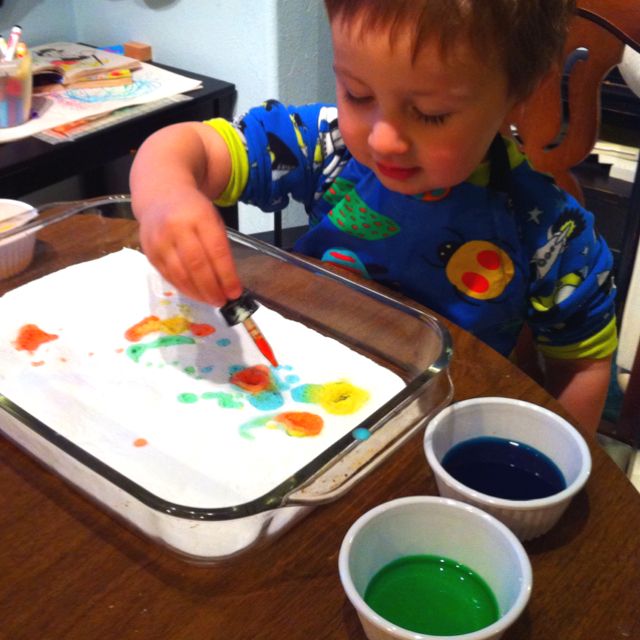
Games for learning to read
With the help of cubes or cards with letters and syllables, you can play different educational games with your child. Let's take a few examples.
Garages
Take a word of 3-4 syllables and place the cards in random order on the floor. Explain to the child how these syllables are read. These will be garages. Give the child different toys and offer to send them to the garage as you wish: for example, the car goes to the TA garage, the bear goes to the RA garage, the ball rolls to the KE garage, and so on. Make sure your child is positioning the toys correctly. At the end of the game, invite the child to make a word from garage syllables. Perhaps not the first time, but he will get a "ROCKET". Gradually introduce new syllables into the game.
<
Store
Lay out images of various goods on the table - this is a store, and you are a seller. Give your child a stack of cards with syllables - they will function as money. The child needs to buy all the items in the store, but each item is only sold for the syllable it starts with. For example, fish can only be bought for the syllable "RY", milk - for the syllable "MO", and so on. Give your child a few extra cards to make the task more difficult. When he gets used to it, change the conditions of the game: for example, sell goods not for the first, but for the last syllables. The game is both simple and complex: it will allow the child to understand that words are not always spelled the way they are pronounced. After all, a cow cannot be bought for the syllable "KA", for example.
The child needs to buy all the items in the store, but each item is only sold for the syllable it starts with. For example, fish can only be bought for the syllable "RY", milk - for the syllable "MO", and so on. Give your child a few extra cards to make the task more difficult. When he gets used to it, change the conditions of the game: for example, sell goods not for the first, but for the last syllables. The game is both simple and complex: it will allow the child to understand that words are not always spelled the way they are pronounced. After all, a cow cannot be bought for the syllable "KA", for example.
Lotto
Game for several people. Give the children several cards with syllables. Take out the cubes with syllables one by one from the box and announce them. Whoever has a card with such a syllable - he takes it. The first person to complete all the cards wins. During the game, children will accurately remember the syllables that they had on their hands.
Summary
Finally, a few more tips on how to teach a child to read:
- It is better to start teaching children to read by memorizing letters.
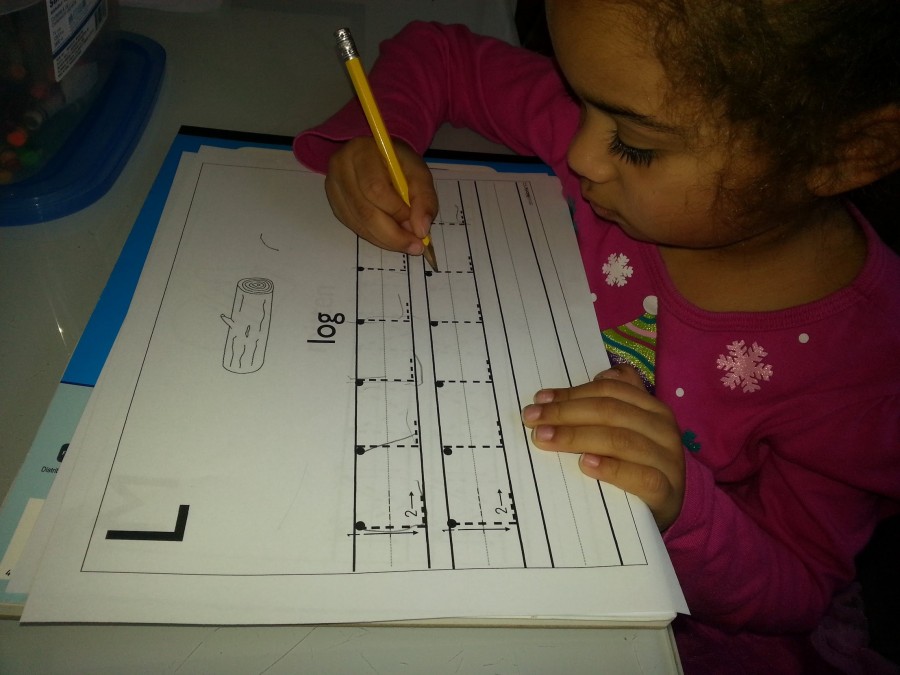 It is important that the child can recognize and name them without hesitation.
It is important that the child can recognize and name them without hesitation. - In the early stages, pronounce the consonants as they are read in words: not [em], [el], [de], but [m], [l], [d] - this way it will be easier for the child to find his bearings.
- Sculpt letters from plasticine, draw and color, buy an alphabet with voice acting - use all the channels of the child's perception.
- Gradually build letters into syllables and then into words. Play rearranging letters and syllables, let the child experiment.
- Teach your child rhymes about the letters of the alphabet, look at the primer, use cards with letters and pictures. Thanks to the illustrations, the child will be able to memorize the symbols faster.
- Distribute the load: fifteen minutes a day is better than an hour twice a week. Alternate entertaining and serious tasks.
- You can hang signs with their names on objects in the child's room - the child will quickly learn to recognize them in texts.

- Read aloud regularly to your child and gradually introduce them to independent reading. Every evening, offer to read at least a few lines from a well-known book on your own.
- Lead by example. For a child to want to learn to read, he must regularly see you with a book.
We hope that our recommendations will help you teach your preschooler to read. Even if your child is just learning to read, at Foxford Elementary School he will be able to improve his skills.
How to teach a child to read: important rules and effective methods
October 26LikbezEducation
Teaching a preschooler to read without losing interest in books is real. Lifehacker has selected the best ways for responsible parents.
Share
0How to understand that it is time to teach a child to read
There are several signs of psychological readiness.
- The child speaks fluently in sentences and understands the meaning of what is said.
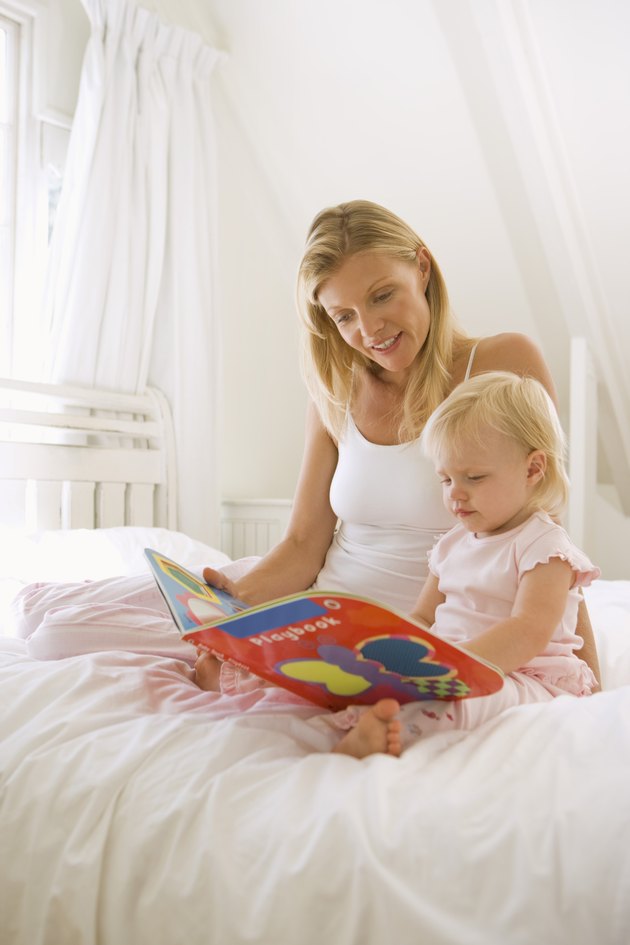
- The child understands directions: left-right, up-down. For learning to read, it is important that the baby can follow the text from left to right and from top to bottom.
- The child distinguishes sounds (what speech therapists call developed phonemic hearing). Simply put, the baby will easily understand by ear where the house and the bow are, and where the tom and the hatch are.
- Your child pronounces all sounds and has no speech problems.
Natalya Zharikova
Speech therapist teacher with 33 years of experience
A child with speech therapy problems does not hear and does not distinguish similar sounds. From here come errors with speech, and subsequently with reading, and even more often with writing. It is very difficult for a parent to identify violations on their own, so usually a teacher or a speech therapist can point this out to them.
How to teach a child to read
Be patient and follow these simple guidelines.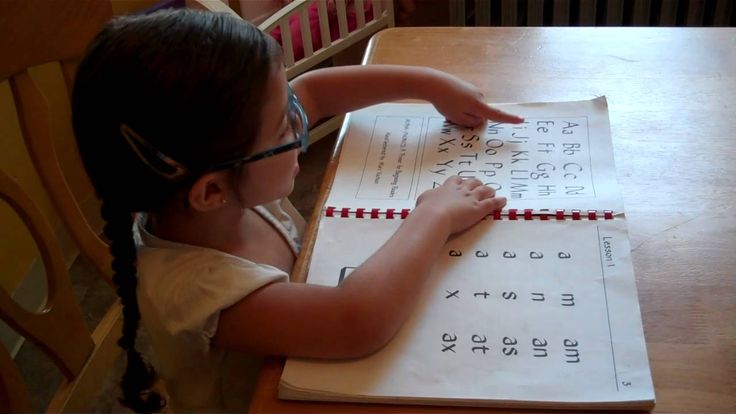
Set an example
In a family where there is a culture and tradition of reading, children themselves will reach for books. Read not because it is necessary and useful, but because it is a pleasure for you.
Read together and discuss
Read aloud to the child and then look at the pictures together, encouraging them to interact with the book: “Who is that drawn? Can you show me the cat's ears? And who is that standing next to her?” Older children can be asked more difficult questions: “Why did he do this? What do you think will happen next?"
Don't learn the letters as they are called in the alphabet
Instead, help your child remember the sound the letter makes. For example, you show the letter "m" and say: "This is the letter m (not em )". If a child memorizes the alphabetic names of letters ( em , es, ef and so on), it will be quite difficult for him to learn to read. Then, when he sees the word ra-ma in the book, he will try to pronounce er-a-um-ah .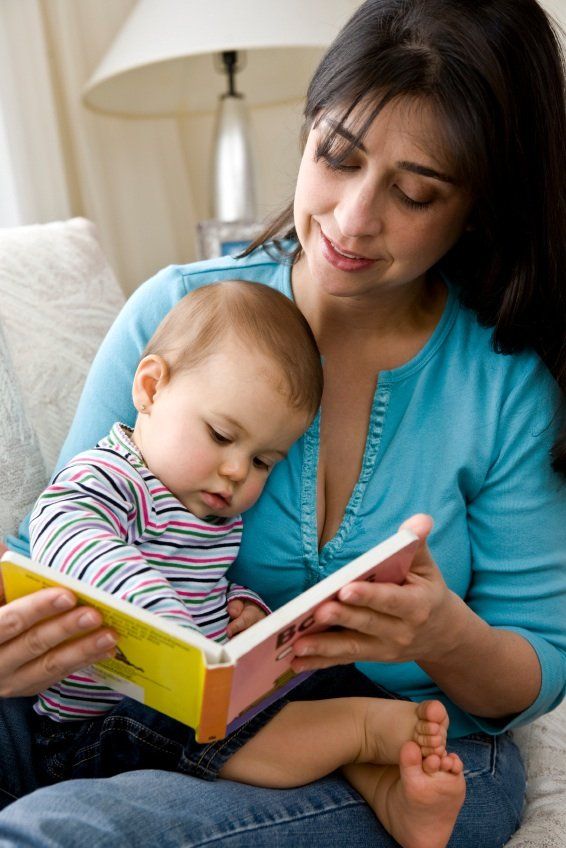
Go from easy to hard
Once the child has memorized a few letters (from 2 to 5) and the sounds they represent, move on to syllables. Let the words consisting of repeating syllables be the first: ma-ma, pa-pa, uncle, nanny . In this case, it is not necessary to break the syllable into separate sounds. Do not say: "These are the letters m and a , and together they read ma ". Immediately learn that the syllable is pronounced like ma , otherwise the baby may start to read letter by letter. After mastering simple combinations, move on to more complex ones: ko‑t, zhu‑k, house .
Help to understand the meaning of what they read
Do this when the child begins to slowly but surely reproduce words and whole sentences in syllables. For example, the kid read: "Mom washed the frame." Stop and ask: “What did you just read about?”. If he finds it difficult to answer, let him read the sentence again. And you ask more specific questions: “Who washed the frame? What did mom wash?
Show that letters are everywhere
Play a game.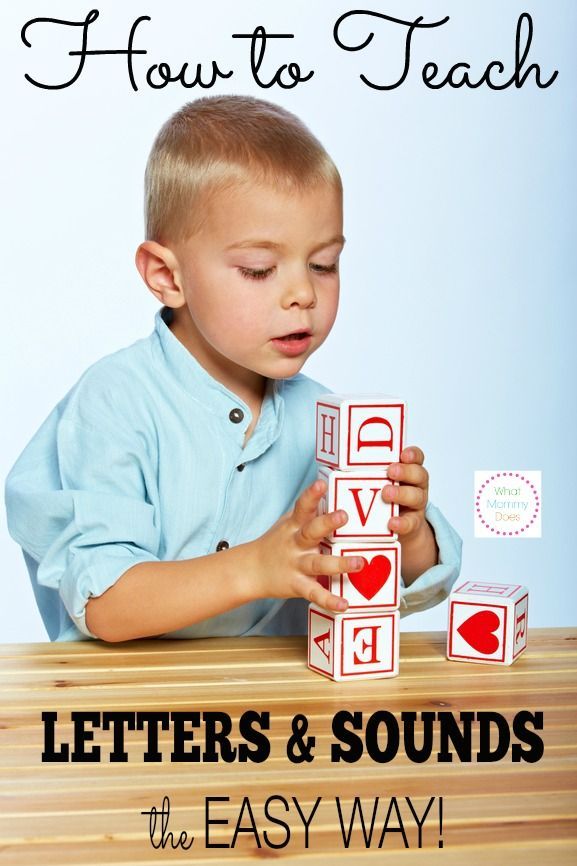 Let the child find the letters that surround him on the street and at home. These are the names of stores, and memos on information stands, and advertising on billboards, and even traffic light messages: it happens that the inscription “Go” lights up on green, and “Wait so many seconds” on red.
Let the child find the letters that surround him on the street and at home. These are the names of stores, and memos on information stands, and advertising on billboards, and even traffic light messages: it happens that the inscription “Go” lights up on green, and “Wait so many seconds” on red.
Play
And play again. Stack blocks with letters and syllables, make up words, ask your child to read you some kind of sign or inscription on the packaging in the store.
Natalya Zharikova
There are many exercises for memorizing letters. For example, circle the desired letter among a number of others, circle the correctly written among the incorrect ones, color or shade. You can also ask the child to tell what the letter looks like.
Use every opportunity to train
Whether you are waiting in line at the clinic or driving somewhere, take out a book with pictures and short stories to them and invite your child to read together.
Build on your success
Repeat familiar texts, look for familiar characters in new stories.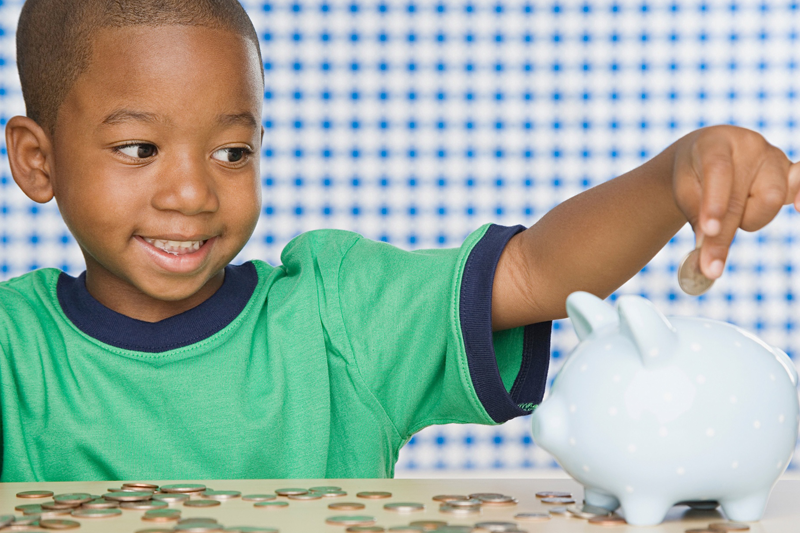 Runaway Bunny is found both in "Teremka" and "Kolobok".
Runaway Bunny is found both in "Teremka" and "Kolobok".
Do not force
This is perhaps the most important thing. Don't take away a child's childhood. Learning should not go through violence and tears.
What techniques to use to teach your child to read
Here are six popular, affordable and effective techniques. Choose one or try several and choose the one that interests your child the most.
1. ABCs and primers
Frame: This is all mine / YouTubeTraditional, but the longest way. The difference between these books is that the alphabet fixes each letter with a mnemonic picture: on the page with B a drum will be drawn, and next to Yu - Yula. The alphabet helps to remember letters and often interesting rhymes, but will not teach you how to read.
The primer consistently teaches the child to combine sounds into syllables, and syllables into words. This process is not easy and requires perseverance.
There are quite a lot of author's primers now.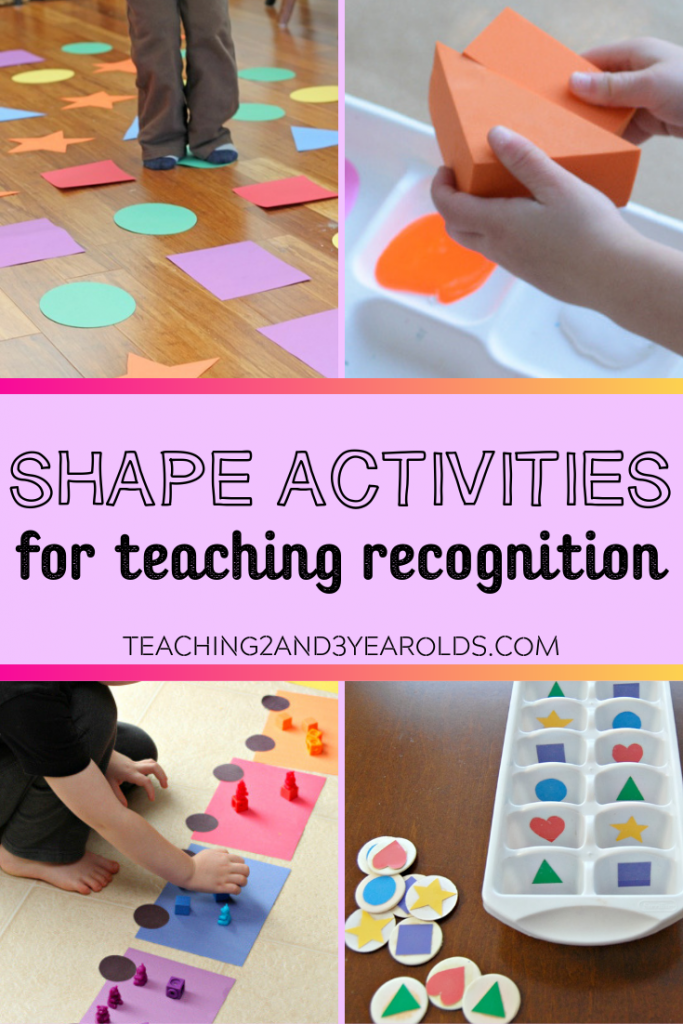 According to the books of Nadezhda Betenkova, Vseslav Goretsky, Dmitry Fonin, Natalya Pavlova, children can study both with their parents before school and in the first grade.
According to the books of Nadezhda Betenkova, Vseslav Goretsky, Dmitry Fonin, Natalya Pavlova, children can study both with their parents before school and in the first grade.
Parents agree that one of the most understandable methods for teaching preschoolers is Nadezhda Zhukova's primer. The author simply explains the most difficult thing for a child: how to turn letters into syllables, how to read ma-ma rather than start calling individual letters me-a-me-a .
2. Zaitsev's Cubes
Shot: Little Socrates / YouTubeIf a child consistently masters letters and syllables while learning the ABC book, then in 52 Zaitsev's Cubes he is given access to everything at once: a single letter or combinations of consonant and vowel, consonant and hard or soft sign.
The child effortlessly learns the differences between voiceless and voiced sounds, because the cubes with voiceless consonants are filled with wood, and the cubes with voiced consonants are filled with metal.
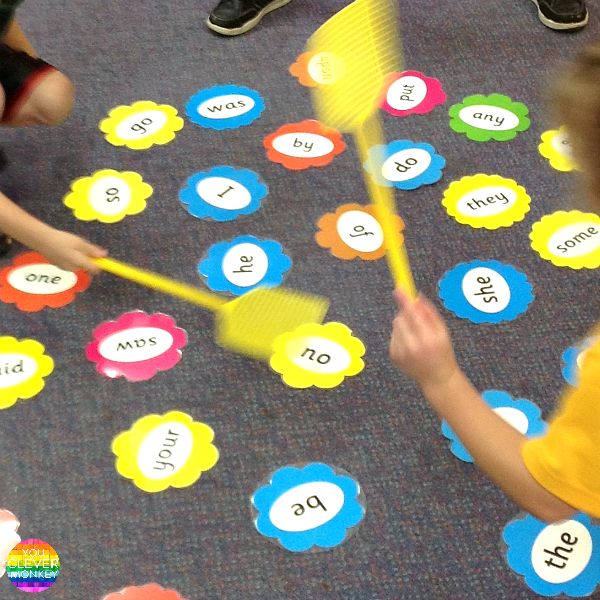
The cubes also differ in size. The large ones depict hard warehouses, the small ones - soft ones. The author of the technique explains this by the fact that when we pronounce to (hard warehouse), the mouth opens wide, or (soft warehouse) - lips in a half smile.
The set includes tables with warehouses that the parent sings (yes, he doesn’t speak, but sings).
The child quickly masters warehouse reading with the help of cubes. But there are also disadvantages: he may begin to swallow endings and face difficulties already at school when parsing a word by composition.
3. "Skladushki" and "Teremki" by Vyacheslav Voskobovich
Frame: Play and Toy Club / YouTube In "Skladushki" Vyacheslav Voskobovich reworked Zaitsev's idea: 21 cards show all the warehouses of the Russian language with nice thematic pictures. Included is a CD with songs, the texts of which go under each picture.
Included is a CD with songs, the texts of which go under each picture.
Folders are great for kids who like looking at pictures. Each of them is an occasion to discuss with the child where the kitten is, what the puppy is doing, where the beetle flew.
It is possible to teach a child with these cards from the age of three. At the same time, it should be noted that the author of the methodology himself does not consider it necessary to force early development.
Voskobovich's "Teremki" consist of 12 wooden cubes with consonants and 12 cardboard cubes with vowels. First, the child gets acquainted with the alphabet and tries with the help of parents to come up with words that begin with each of the letters.
Then it's time to study the syllables. In the tower with the letter M is embedded A - and the first syllable is ma . From several towers you can lay out words. Learning is based on play. So, when replacing the vowel , the house will turn into smoke .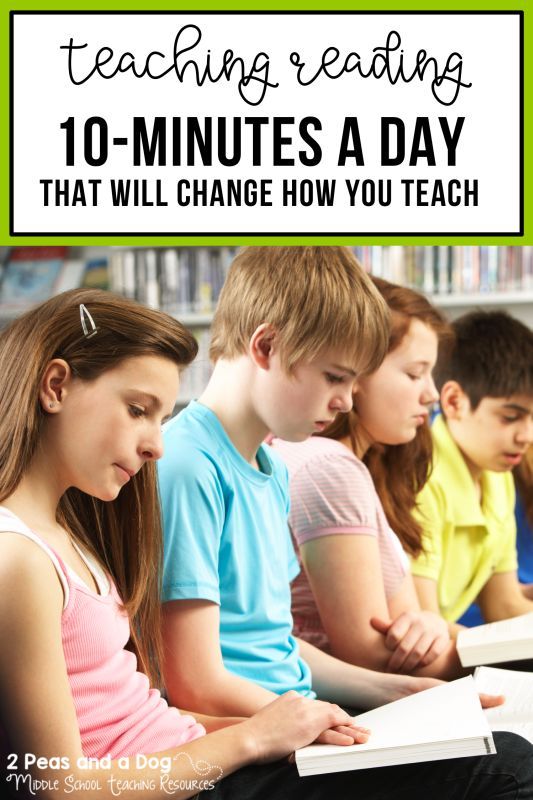
You can start playing tower blocks from the age of two. At the same time, parents will not be left alone with the cubes: the kit includes a manual with a detailed description of the methodology and game options.
4. Chaplygin's dynamic cubes
Shot: Both a boy and a girl! Children's channel - We are twins / YouTubeEvgeny Chaplygin's manual includes 10 cubes and 10 moving blocks. Each dynamic block consists of a pair - a consonant and a vowel. The task of the child is to twist the cubes and find a pair.
At the initial stage, as with any other method of learning to read in warehouses, the child makes the simplest words from repeating syllables: ma-ma, pa-pa, ba-ba . The involved motor skills help to quickly remember the shape of the letters, and the search for already familiar syllables turns into an exciting game. The cubes are accompanied by a manual describing the methodology and words that can be composed.
The cubes are accompanied by a manual describing the methodology and words that can be composed.
The optimal age for classes is 4-5 years. You can start earlier, but only in the game format.
5. Doman's cards
Frame: My little star / YouTubeAmerican doctor Glenn Doman suggests teaching children not individual letters or even syllables, but whole words. Parents name and show the child the words on the cards for 1-2 seconds. In this case, the baby is not required to repeat what he heard.
Classes start with 15 cards with the simplest concepts like female and male . Gradually, the number of words increases, those already learned leave the set, and the child begins to study phrases: for example, color + object, size + object.
How can one understand that a child has understood and memorized the visual image of a word, if the author of the methodology recommends starting classes from birth? Glenn Doman in "The Harmonious Development of the Child" strongly emphasizes that it is not necessary to arrange tests and checks for the child: kids do not like this and lose interest in classes.
It's better to remember 50 cards out of 100 than 10 out of 10.
Glenn Doman
But given that parents can't help but check, he advises the child to play the game if they are willing and ready. For example, you can put a few cards and ask to bring one or point to it.
Today, psychologists, neurophysiologists and pediatricians agree that the Doman method is aimed not at teaching reading, but at mechanical memorization of visual images of words. The child turns out to be an object of learning and is almost deprived of the opportunity to learn something on his own.
It is also worth adding: in order to proceed to the stage of reading according to Doman, parents need to prepare cards with all (!) words that are found in a particular book.
6. Montessori method
Photo: Kolpakova Daria / Shutterstock Montessori reading comes from the opposite: first we write and only then we read. Letters are the same pictures, so you first need to learn how to draw them and only then engage in pronunciation and reading.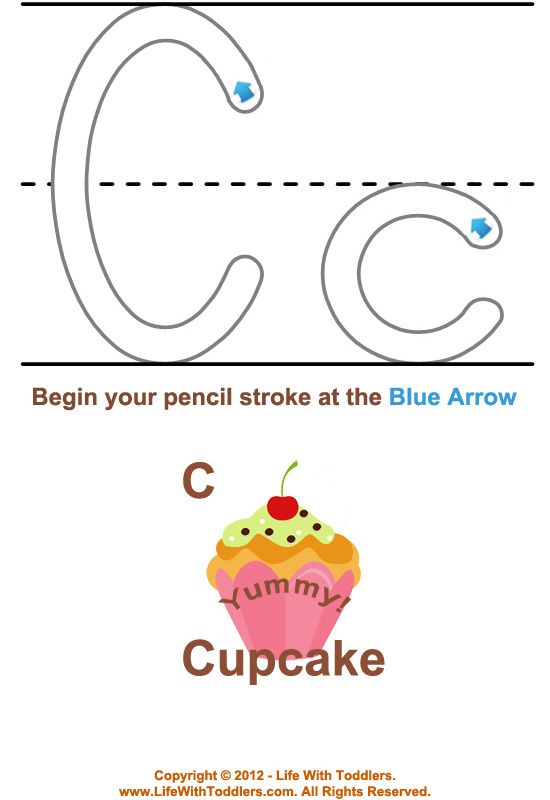 Children begin by tracing and shading the letters, and through this, they memorize their outline. When several vowels and consonants have been studied, they move on to the first simple words.
Children begin by tracing and shading the letters, and through this, they memorize their outline. When several vowels and consonants have been studied, they move on to the first simple words.
Much attention is paid to the tactile component, so children can literally touch the alphabet cut out of rough or velvety paper.
The value of the method lies in learning through play. So, you can put a rough letter and a plate of semolina in front of the child and offer to first circle the sign with your finger, and then repeat this on the semolina.
The challenge for parents is purchasing or stocking up a significant amount of handouts. But you can try to make cards with your own hands from cardboard and sandpaper.
What's the result
On the Internet and on posters advertising "developers", you will be offered ultra-modern methods of teaching your child to read at three, two years old or even from birth.